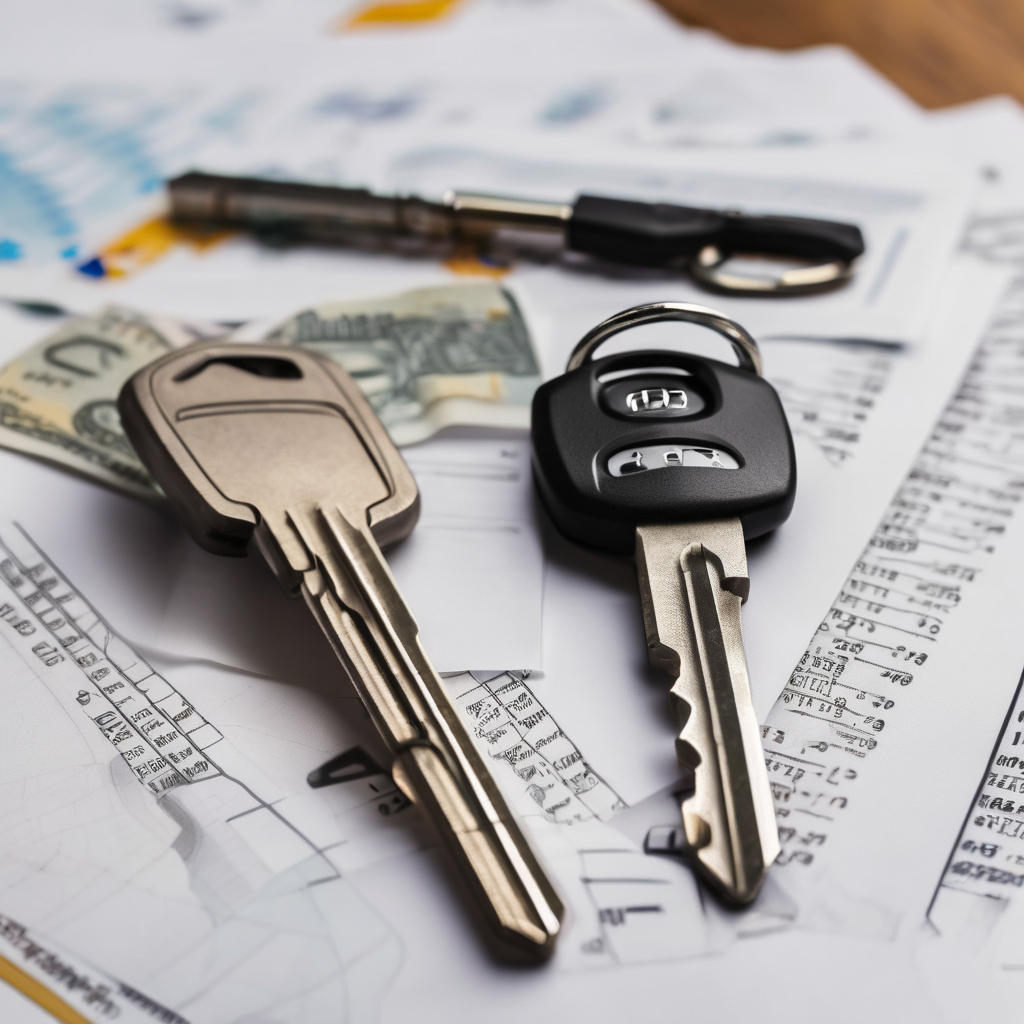Americans are facing significant challenges with auto loan payments as they grapple with record-high vehicle prices and rising interest rates. A recent study by VantageScore highlights a troubling trend, revealing that auto loan delinquency rates have surged more than 50% over the past 15 years. This increase is particularly concerning as delinquency rates for other loan categories, such as credit cards and home equity loans, have seen a decline.
Rikard Bandebo, chief economist at VantageScore, noted that auto loans have transitioned from being the least risky financial product in 2010 to the riskiest, excluding student loans, as we approach 2025. The revival of delinquency rates comes after a temporary dip during the pandemic, showcasing a persistent issue for many car owners.
According to the latest Federal Reserve data, the rate of auto loan delinquency—defined as the portion of balances at least 30 days past due—reached 3.8% in June 2024, the highest level seen since June 2010. This rise in delinquency affects all income groups, and strikingly, prime borrowers are experiencing faster increases in delinquency rates compared to subprime borrowers.
Susan Fahy, VantageScore’s executive vice president and chief digital officer, emphasized that the decline in consumer credit quality is no longer limited to specific income tiers and credit levels. Compounding this problem, the average auto loan amount has risen by 57% over the last 15 years, outpacing other types of loans.
The rising auto loan payments are largely attributed to escalating vehicle prices and interest rates. Data reveals that average monthly payments jumped by approximately $130 from January 2020 to January 2023, reaching $600. In contrast, in the three years prior, monthly car loan payments only rose by $40. Alarmingly, one in five new car loans now has monthly payments exceeding $1,000.
The average price of a new vehicle has crossed the $50,000 mark, setting a new record. Stephen Kates, a financial analyst at Bankrate, pointed out that prices for both new and used cars surged during and after the pandemic without any signs of decline. This price increase has led many buyers to finance their purchases at higher interest rates—currently averaging 7% for new cars and about 11% for used vehicles.
Longer loan terms, driven by elevated prices and borrowing costs, result in more total interest paid, raising the likelihood of borrowers falling underwater on their loans as cars depreciate faster than loan repayments. Broader economic factors are also affecting these delinquency rates; inflation and a fluctuating job market are contributing pressures on consumers. Although inflation has moderated since its peaks in 2022, many Americans continue to be burdened by high costs, with wage growth still lagging behind inflationary pressures, projected to only catch up by mid-2026.
As these trends unfold, it remains critical for borrowers to stay informed and consider their financial options carefully to manage repayments in this challenging economic environment.
